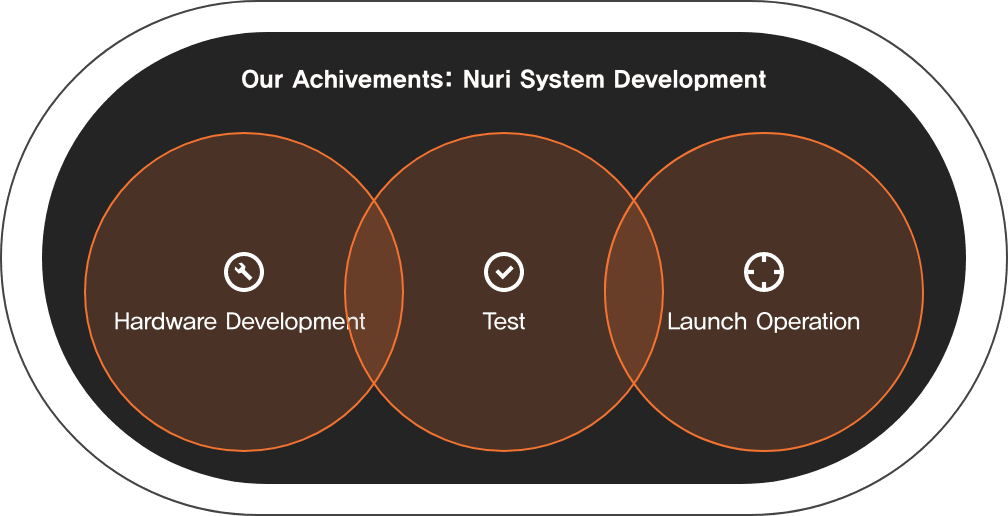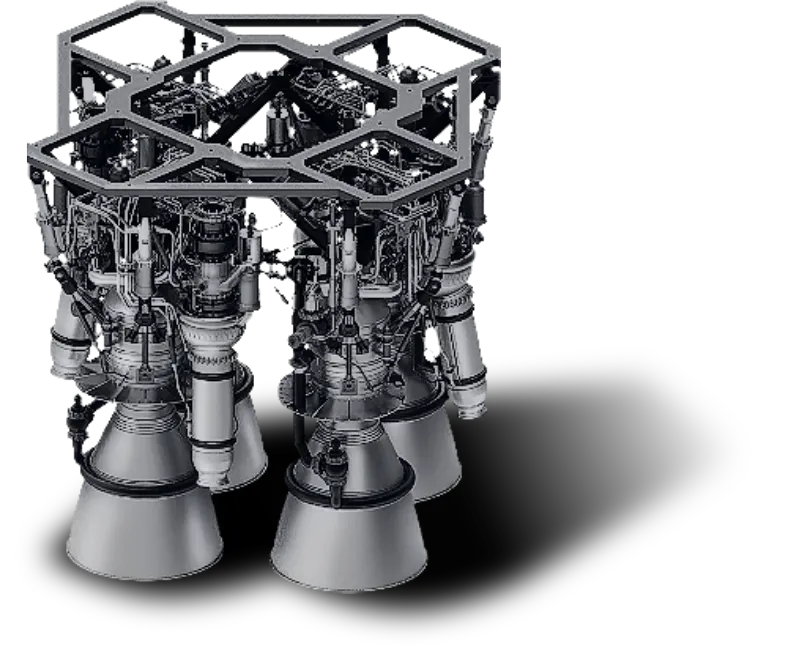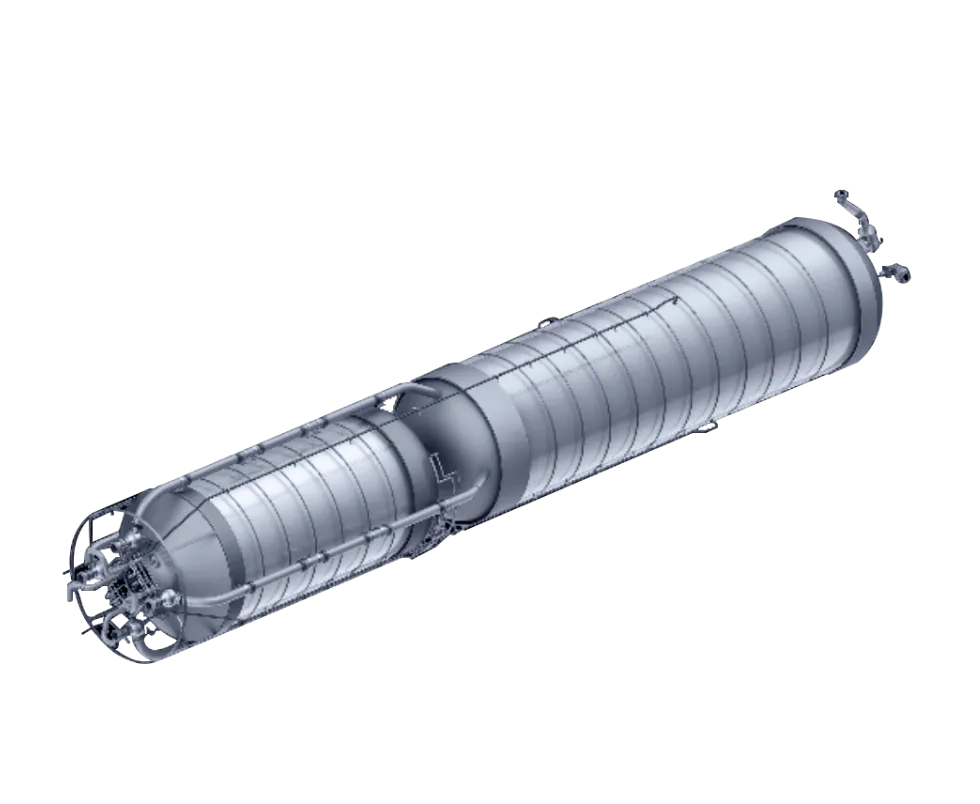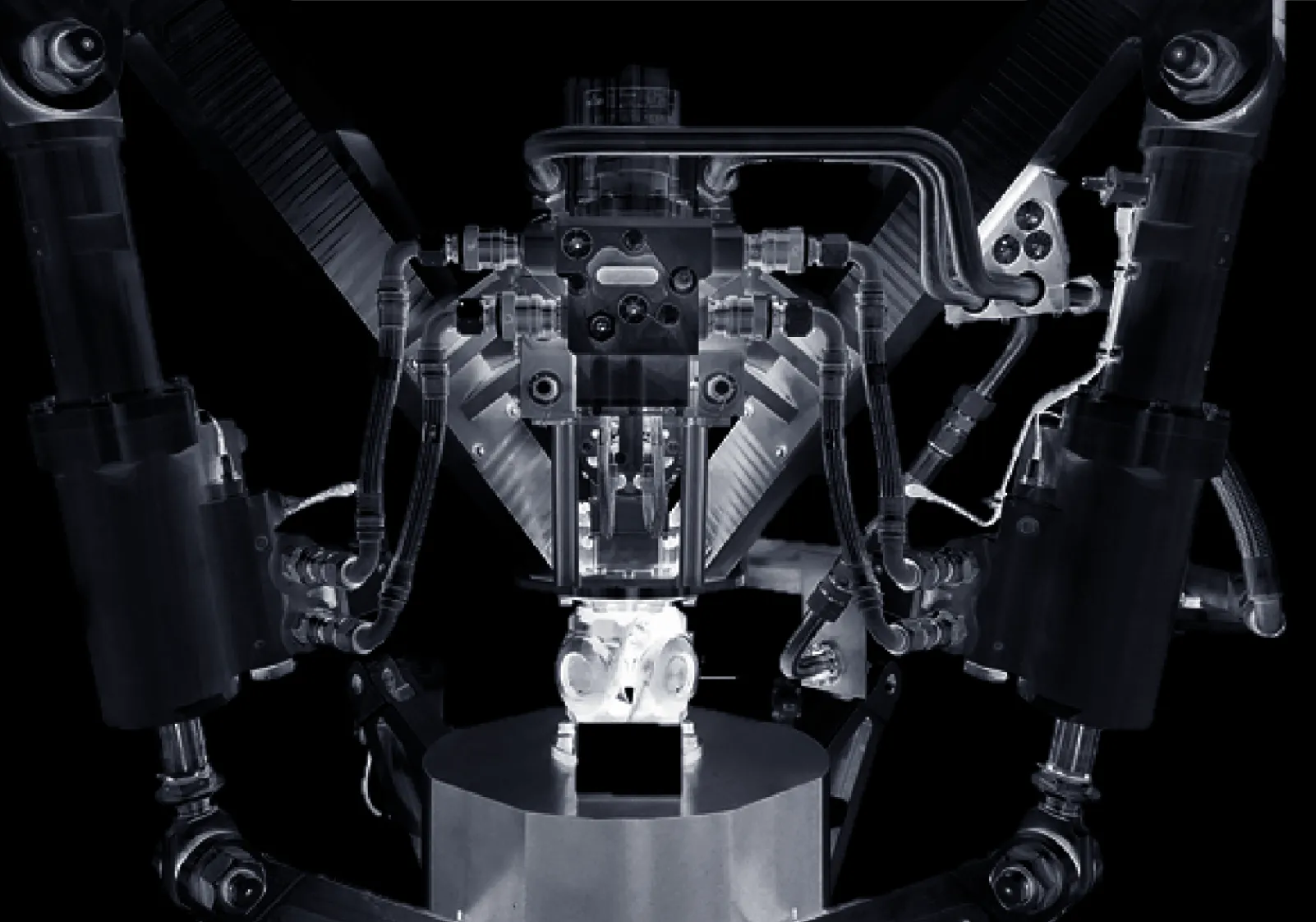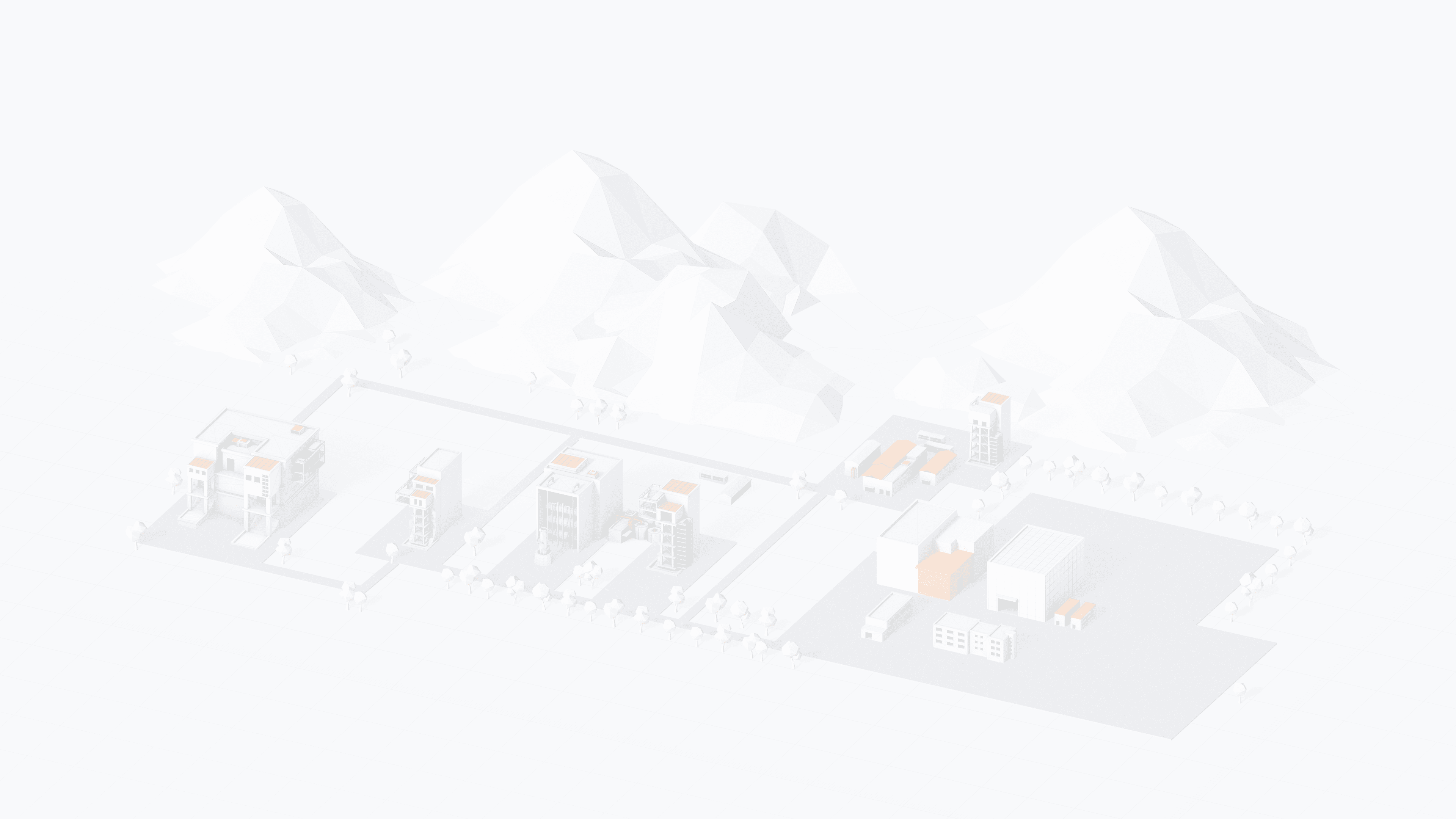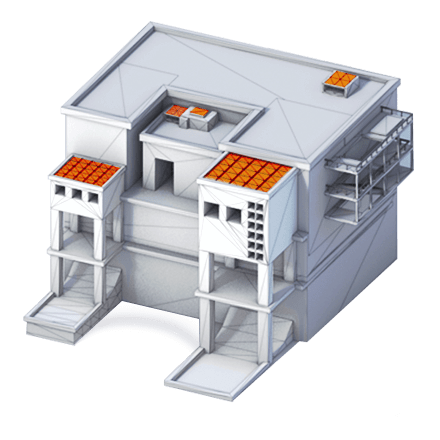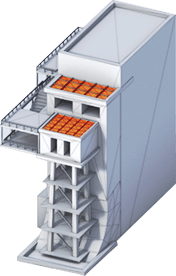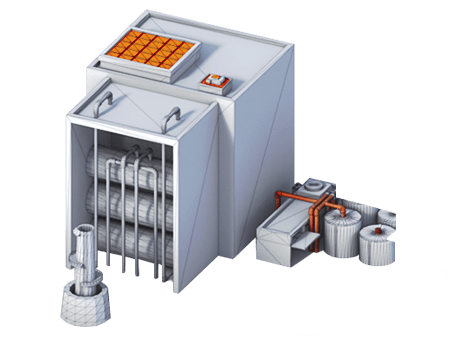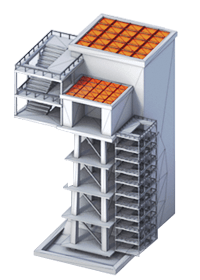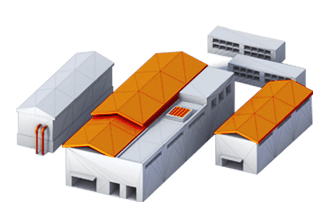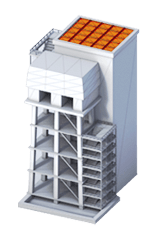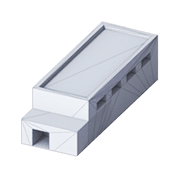Launch
Vision
The success of Nuri added Korea as the world's 7th to have
developed a launcher capable to carry payloads over a ton
Korea has entered the era of New Space
Liftoff! K-Space
Hanwha will lead Korea, once the late comer to
global space race,
to develop its homegrown launch
capabilities and guide mankind toward a better future
with combined synergy under Space Hub.
"the scene of the 1st test launch of Nuri (KSLV-II)."
